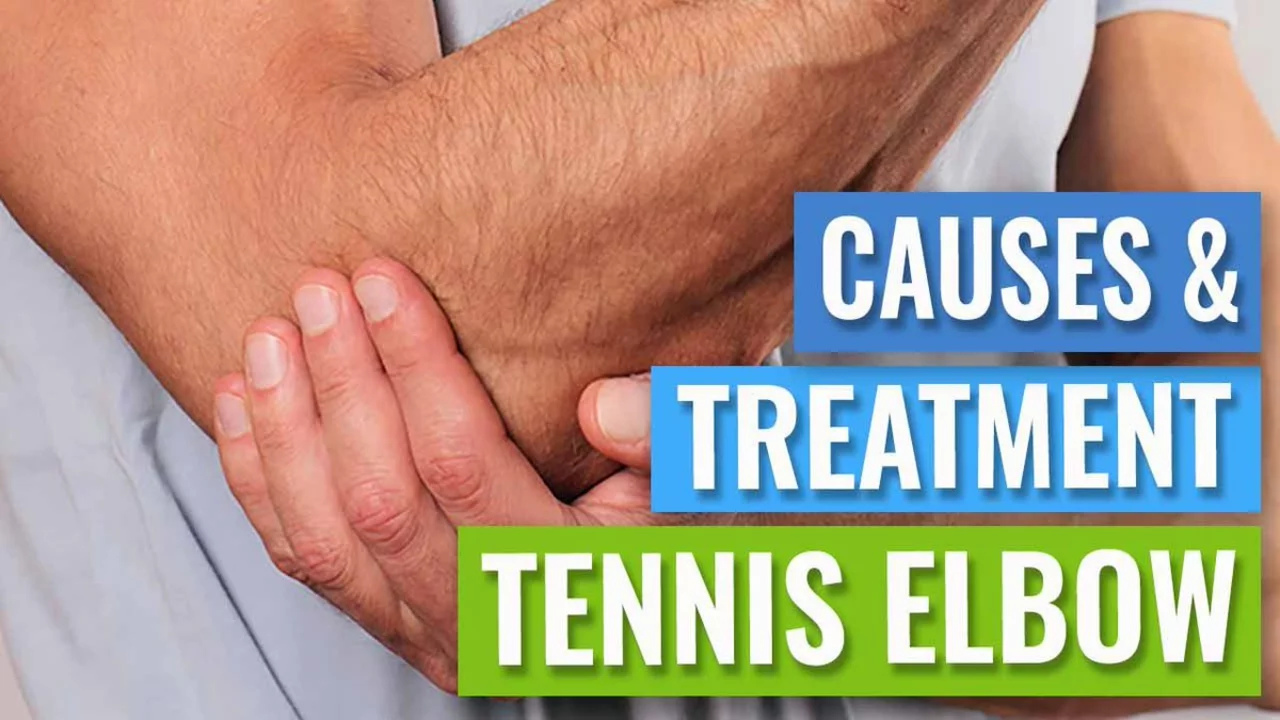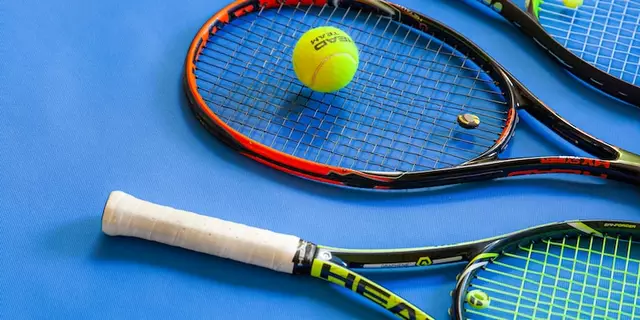Post - Tennis Elbow Treatment?

Understanding Tennis Elbow
Before we dive into treatment options, it's important to fully understand what tennis elbow is. Despite the name, this condition doesn't exclusively affect tennis players. Anyone who repetitively uses their elbow could potentially suffer from this painful condition. Tennis Elbow, medically known as lateral epicondylitis, is a kind of tendinitis that causes pain in the elbow and arm. The condition stems from inflammation of the tendons that join the forearm muscles on the outside of the elbow.
This condition is common among individuals who engage in activities that require repetitive and vigorous use of the forearm muscle, such as tennis players, painters, plumbers, and carpenters. The pain, which may extend from the elbow to the forearm and wrist, can occur during lifting, gripping, or even simple actions like shaking hands.
Identifying Symptoms of Tennis Elbow
Recognizing the symptoms of tennis elbow is the initial step towards treatment. The most significant symptom is recurring pain on the outside of your upper forearm, just below the bend of your elbow. You might also experience discomfort further down your arm, towards your wrist. The pain can occur when you're lifting or bending your arm, gripping small objects, or twisting your forearm, such as when you open a jar or use a screwdriver.
Symptoms may appear gradually, with mild discomfort worsening over time. In some cases, pain can appear suddenly and intensely. You might find your grip becoming weaker and have a hard time holding onto items. If you experience any of these symptoms, it's crucial to consult with a healthcare professional for a proper diagnosis.
Preventive Measures for Tennis Elbow
Prevention is always better than cure, and this phrase holds for tennis elbow as well. If your work or hobby involves a repetitive motion of your arm, ensure you take regular breaks. Try to rotate your tasks to avoid overusing one group of muscles. Regular stretching and strengthening exercises for your arm muscles can also help prevent tennis elbow. If you're into sports, make sure to use the correct technique and the right equipment to reduce strain on your elbow.
It's also crucial to listen to your body. If you start feeling any discomfort in your elbow or forearm, stop the activity causing it. Continuing with the action could lead to more severe damage and prolonged pain.
Exploring Treatment Options for Tennis Elbow
Tennis elbow is typically a self-limiting condition, meaning it'll generally get better without treatment in due time. However, there are treatments that can accelerate recovery and mitigate pain. These treatments include physical therapy, use of a brace, injections, medications, and in severe cases, surgery. Physical therapy exercises can help strengthen your forearm muscles, while a brace reduces the strain on the tendon, giving it time to heal.
Nonsteroidal anti-inflammatory drugs (NSAIDs) can also help reduce pain and inflammation. Corticosteroid injections are another option for severe cases. However, they should be used sparingly due to potential side effects. If all else fails, surgery might be considered to remove the damaged part of the tendon and relieve symptoms.
Recovering from Tennis Elbow
Recovery from tennis elbow can be a slow process. Patience is essential. If you return to activities too quickly, you risk re-injuring your tendon. During this recovery period, it's crucial to do gentle exercises to prevent your arm from stiffening up. Start with gentle stretching exercises before gradually moving to strengthening ones. Make sure you rest your elbow and avoid tasks that cause pain.
It's also helpful to use ice packs on your elbow to reduce inflammation and pain. Compression bandages can provide support and reduce swelling. Remember, healing takes time. Don't rush the process, and make sure to consult with your healthcare provider throughout your recovery.




